Candida parapsilosis is a yeast with a diploid set of chromosomes that infects human mucous membranes and can cause fungal infections. The fungus is almost ubiquitous and normally occurs in humans as a heterotrophic commensal that feeds on dead cell remains without causing damage. Candida parapsilosis is mainly pathogenic in people with a weakened or artificially suppressed immune system.
What is Candida Parapsilosis?
Candida parapsilosis is one of the types of yeast that can cause candida infection, or candidiasis, in humans. The fungus is almost ubiquitous and usually occurs as a less disruptive commensal that feeds on dead tissue as a heterotroph. In contrast to other Candida species, Candida parapsilosis is therefore not an obligatory human pathogen.
Candida parapsilosis can become extremely pathogenic when it encounters an immune system that has been weakened by illness or artificially suppressed. It is therefore classified as an opportunistic pathogen and also occurs as a nosocomial pathogen typical for hospitals. The fungus can cause mild to severe candidiasis on the mucous membranes in the mouth and throat, around the genitals or in the digestive tract.
Candida parapsilosis infections account for around 15 percent of all Candida infections that occur. The fungus has a diploid set of chromosomes as a special characteristic, but reproduces exclusively asexually. On the basis of mutually distinguishable DNA, Candida parapsilosis can be divided into groups I, II or III.
Occurrence, Distribution & Properties
The yeast Candida parapsilosis, as a fungus that does not exclusively specialize in humans, can be detected almost everywhere as a commensal and opportunity pathogen.One problem, especially for clinics, is that the fungus adheres well to implants, catheters, and other medical devices, allowing it to enter the bloodstream or other organs directly, where it can cause nosocomial infections.
A possible direct detection of the fungus on organs - as long as no symptoms are recognizable - is difficult. Candida parapsilosis is also thought to be potentially carcinogenic. If a systemic infection is present, in the worst case, muscles, heart and nervous system besides the skin can be affected. T. severe course.
Overall, the fungus shows a preference for mucous membranes, for example in the mouth, throat and intestines. Since a colonization of the mucous membranes with Candida parapsilosis can be classified as rather normal, a distinction between a rather harmless colonization and pathological candidiasis is difficult in many cases.
Meaning & function
The positive meaning of candida parapsilosis for the body and for the metabolism when it occurs as a commensal in the intestinal mucosa and other mucous membranes has not been adequately researched. Obviously, the potential pathogenicity of the fungus is more of focus than its possible positive meanings.
Candida parapsilosis is associated with the removal of toxic heavy metals from the body in several ways. The fungus is said to have the ability to bind heavy metals that are present in certain tissues and to excrete them naturally via the intestines. Some authors assume that an increased accumulation of Candida fungi, which cause candidiasis, is often correlated and causally related to contamination with toxic heavy metals. That would mean that candidiasis is not only promoted by a weakened immune system, but also by an accumulation of toxic heavy metals in the organism.
Conversely, it can then be assumed that after the heavy metals have been discharged from the body, the accumulation of Candida fungi is also reduced to a non-pathogenic normal level. If the thesis proves to be correct, fighting the Candida fungi with the simultaneous presence of heavy metal poisoning could even be counterproductive, as this could hinder the discharge of heavy metals.
Illnesses & ailments
As an opportunistic pathogenic germ, Candida parapsilosis basically has the potential to cause candidiasis with a mild to severe course. People with a fully functional immune system only very rarely show pathological symptoms that indicate candidiasis, although their mucous membranes are often colonized with Candida parapsilosis.
The risk of developing candidiasis increases significantly in people whose immune system is weakened due to illness or malnutrition or whose immune system has been artificially suppressed, for example in order to suppress rejection reactions after transplants with exogenous tissue. The risk of a fungal infection also increases with various cancer treatments that are accompanied by chemotherapy or radiation therapy.
Typical diseases that correlate with an increased risk of candidiasis are immunodeficiency diseases such as AIDS and diabetes mellitus. The risk of infection can also increase as a result of taking certain medications in the form of undesirable side effects. This is especially the case after treatment with antibiotics.
One problem with the clinics is Candida parapsilosis' ability to adhere to catheters and implants such as heart valve replacements or similar objects and thereby be inserted directly into the heart or other organs where the fungus can cause a serious infection. For example, after inserting a synthetic heart valve, there is a residual risk of developing endocarditis, an infection of the inner lining of the heart caused by Candida parapsilosis. There is a similar postoperative risk after the use of an artificial eye lens. Adhering candida fungi can cause endophthalmitis, an inflammation of the eyeball, to develop.
Peritonitis has also been observed after peritoneal dialysis. In rare cases, Candida parapsilosis can cause pneumonia. In addition, newborns, in whom the immune system is not yet fully developed, show an increased susceptibility to infections with Candida parapsilosis.


.jpg)


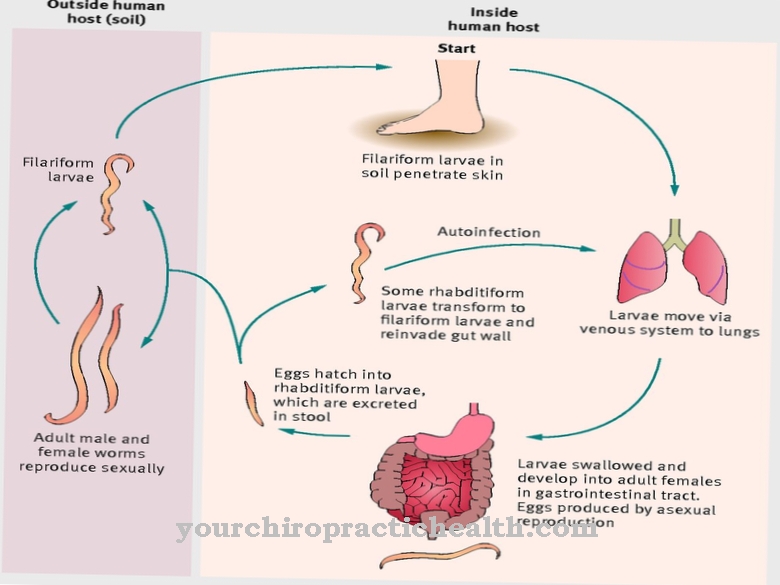


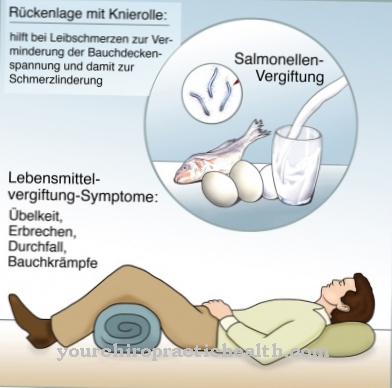











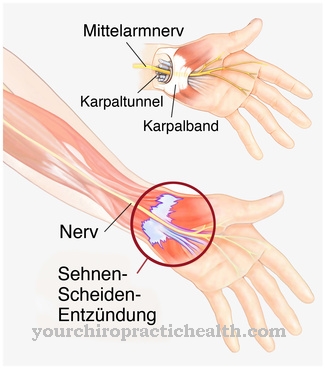


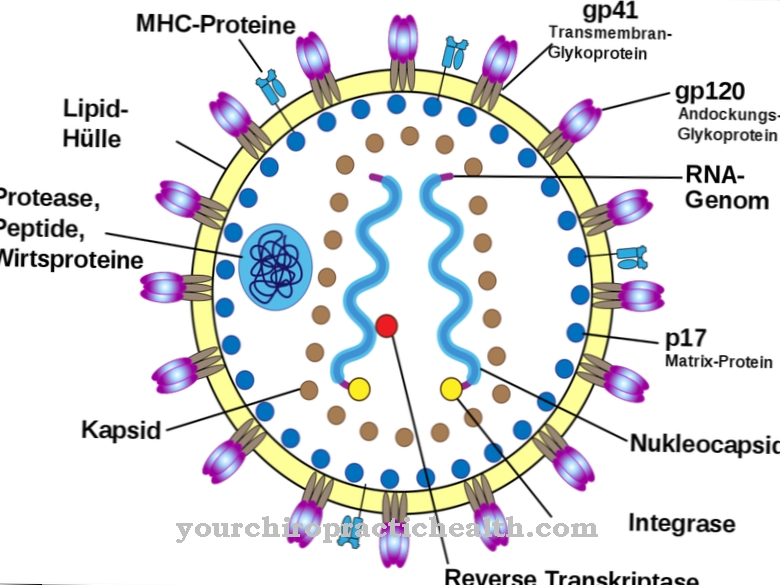
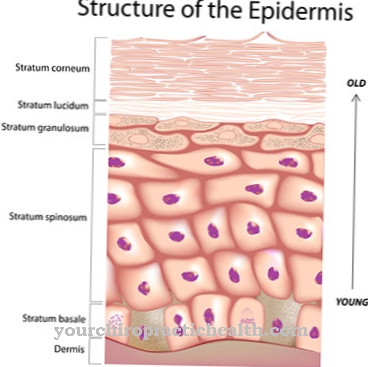
.jpg)

